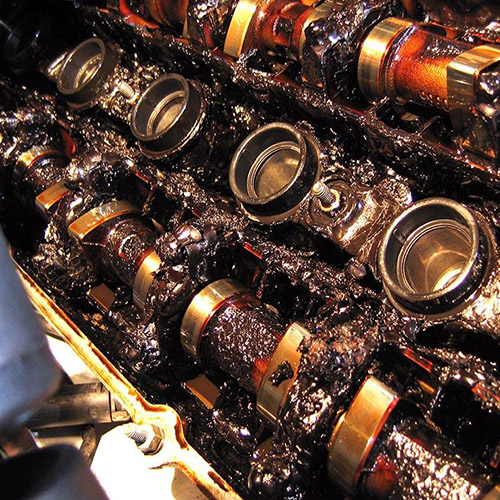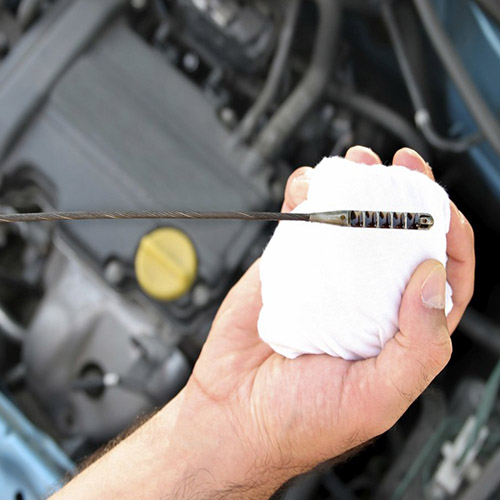
5140 S. Saginaw Rd. Flint, 48507 Find Us!
Is an oil change important?
Is an oil change important?
When should you change your oil?
In what we will call the "old days", it was common for everyone to change oil every 3000 miles. That was the standard across the board. Vehicle manufacturers recommendations are what set this standard. Today recommended oil change intervals vary greatly! Vehicles are now coming with recommended intervals that don't necessarily fall into what would be considered a "standard" any longer. Some manufacturers still have the intervals set at 3000 miles, others are at 5000 miles, even further some manufacturers are recommending 10,000 miles. What plays into these recommendations are the type of engine, the type of oil and how you drive your vehicle as well as if you drive in cold or hot weather.
The bottom line is, oil changes are an absolute necessity! You have to know what your vehicle maker has recommended. You also have to take into account what the maker means when they use the term "harsh conditions". This usually means if you operate your vehicle in any of the following; If it's a hot environment or a dry dusty environment, you may have to change your oil more frequently. If you drive at high speeds, or do a lot of stop and go driving, you may have to change your oil more frequently as well. The interval in which you get your oil changed will also be determined by what type of oil you are using in your vehicle, synthetic or conventional.
